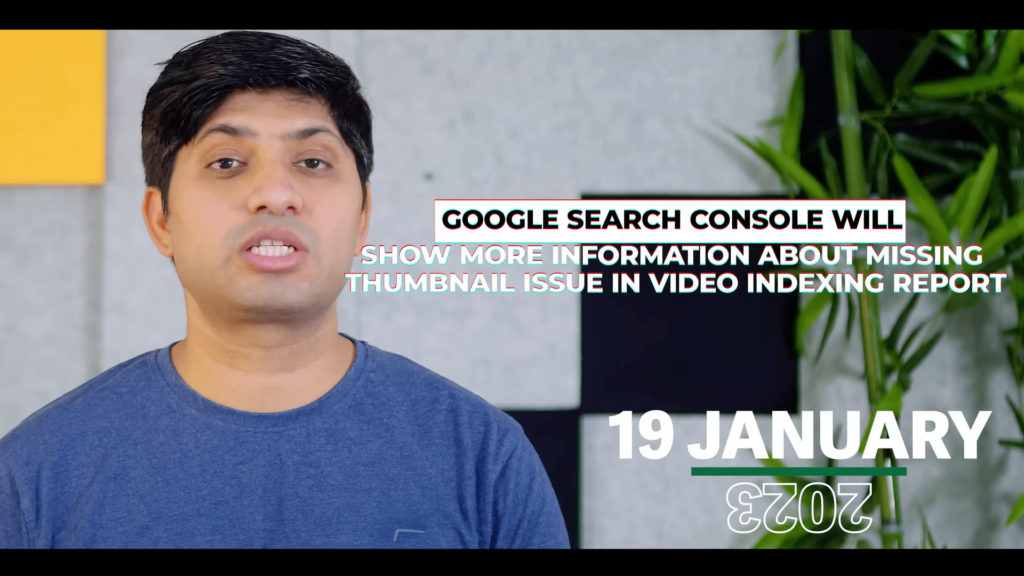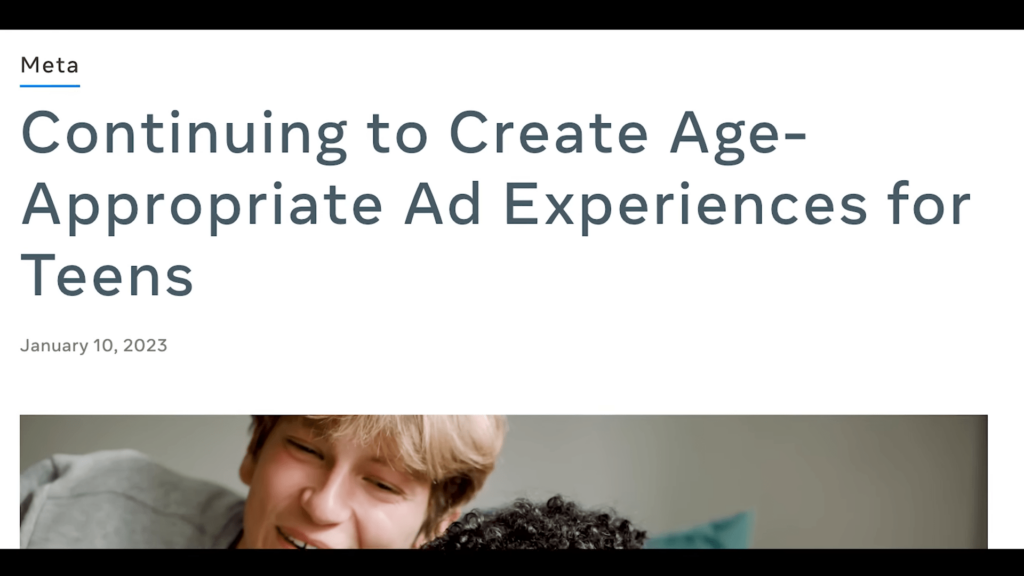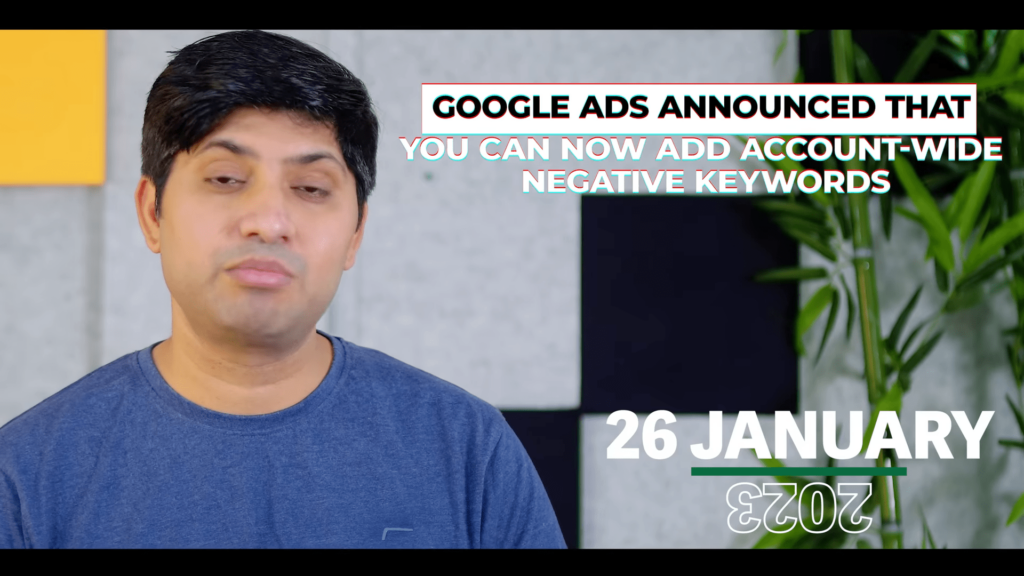The rapid shift in the realm of SEO means that every marketer and website owner has to keep track of all the changes and SEO Updates. In February 2023 there was plenty of important news from the giants of the industry like Google, Microsoft, and LinkedIn. This article will tackle each one of these updates, how they affect the audience, and how the audience should change their strategies.
Scheme Additional Authors Update – It’s Not All About Word Count 👩😈
On January 3rd, the Article Type schema data became free from a 110-character count which Google practiced before. This change makes it possible for the owners of the websites to define more creative, specific, and informative titles for their articles with respect to the content as well as the title within the context.
Such freedom could improve click-through rates as it would allow the inclusion of more targeted keywords and phrases into your titles. Marketers need to make use of this change so that their articles can rank better in search results.
Microsoft Incorporates ChatGPT To Bing 🔍
Apple iPhone 25 internal functionalities and cases pictures Moreover, the same day news also broke that Microsoft is bringing out ChatGPT within Bing. This bot, created by Open AI, could pose a threat to Google’s search engine market as it is capable of answering users’ questions logically.

This is likely to disrupt the current industry and SEO Updates practitioners hence need to develop an understanding of how to position themselves towards AI search results.
Enhancements of Google Search Console 🛠️
On the date of January 6, Google made a public announcement indicating Search Console would publish product data within the product report, even when no schema data is located on the page. This new feature suggests that even when you don’t have schema markup for it, your products can still gain impressions and clicks.

Consequently, marketers ought to make certain that their product data is correct and follow the Search Console reports closely to look for any new ways in which they can improve their efforts.
Meta Extends Its New Advertising Policies for Young People👶 👏
On January 10, Meta also unveiled new ad guidelines, this time shifting away from targeting the teenage audience based on gender. Advertisers cannot address specific ads to young people of a particular gender, which will have an impact on brands in the promotion of goods to this audience.

The aim of this policy is to protect the access of younger audiences and consequently, change the targeting strategies of the marketers.
Research and Compare Apples Business Connect Features 🍏
Apple restarts the feature of Business Connect which allows local businesses to boost their visibility on Apple Maps on January 11th. This particular update is essential for businesses seeking new clients within the circumference of the default map application by Apple.

It is also important for businesses to update or encourage their information to be updated on Apple Maps to optimize this and better their local SEO efforts.
More Updates Unfold from Google’s Video Indexing Report Update 🎥
Google on the 19th of January commenced reporting the thumbnails that were missing in the video indexing report within the search console. This function will make it easier for users to find problems with thumbnails, allowing them to fix issues more effectively.

It would help if marketers kept an eye on their video indexing reports on a regular basis to find out which thumbnails are missing, thus increasing user engagement and click-through rates.
Google Ads’ Account-Level Negative Keyword List 🗑️
On January 26th, Structural or account-level blocking lists were implemented by Google within its ‘Google Ads platform. This option is efficient as it eliminates the need for negative keyword ad placement management in each campaign separately by providing one place to do it for all бийс.

This is the benefits marketers ought to realize and take advantage of to be efficient with their advertising activities and minimize wastage in activities that entail advertising on worthless keywords.
Yandex’s Search Engine Ranking Signals Leak 📊
On the 27th of January, there was an unfortunate leak about Yandex’s Search Engine Ranking Signals providing details that leaked on ranking signals. This leak which consisted of ranking signals provides marketers with great opportunities who are trying to optimize their websites on Yandex.

By recognizing these signals, marketers can devise means by which they can position themselves better on this platform, more so in regions where Yandex is dominant.
SEO Tools Added to LinkedIn Newsletters. 📪
On 31 January, LinkedIn launched new SEO Updates tools which enable the announcements of newsletters to be searchable. Such a modification has been a great chance for content producers to attract more subscribers.
They should take advantage of these features so that their content can gain maximum exposure and attention among their audience.
Open AI Content Judging Tool
Open AI introduced, on the same date, an AI detection tool targeting content produced through AI. This tool is essential to protect the content and the content quality of the site.

Makers of marketing must take into consideration the purposes of this instrument for the content creation and think about how it may alter their approaches toward the future.
Conclusion 📅
It would seem then in terms of shifts in the image of the web, SEO Updates of February 2023 speak for themselves. This way marketers would be able to adjust their strategies and optimization activities to rank better.
With the speed, the information technology evolves it is wise to know that there is so much that is still to be learned. Monitor these changes and think of the consequences these will have on your SEO strategies.

